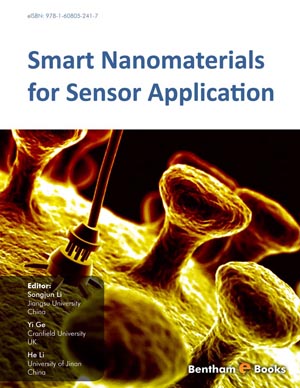Abstract
SHS investigation development is considered from the geographical and historical viewpoint. 3 stages are described. Within Stage 1 the work was carried out in the Department of the Institute of Chemical Physics in Chernogolovka where the scientific discovery had been made. At Stage 2 the interest to SHS arose in different cities and towns of the former USSR. Within Stage 3 SHS entered the international scene. Now SHS processes and products are being studied in more than 50 countries.
Abstract
A nanosensor is a sensor that is built on the nanoscale, whose purpose is mainly to obtain data on the atomic scale and transfer it into data that can be easily analyzed. Nanosensors have a wide application in the fields of environmental protection, biotechnology, medical diagnostics, drug screening, food safety and security. This review is an attempt to give an overview on different types of nanosensors based on carbon nanotubes, metal and metal oxide naoparticles and their application in environmental and biomedical fields. Due to the increased gas sensing properties, metal oxide based nanosensors were found to be potential candidates for NOx, ethanol, ammonia and ozone sensing applications.
Recommended Chapters
We recommend

Authors:Bentham Science Books


 Download PDF Flyer
Download PDF Flyer



